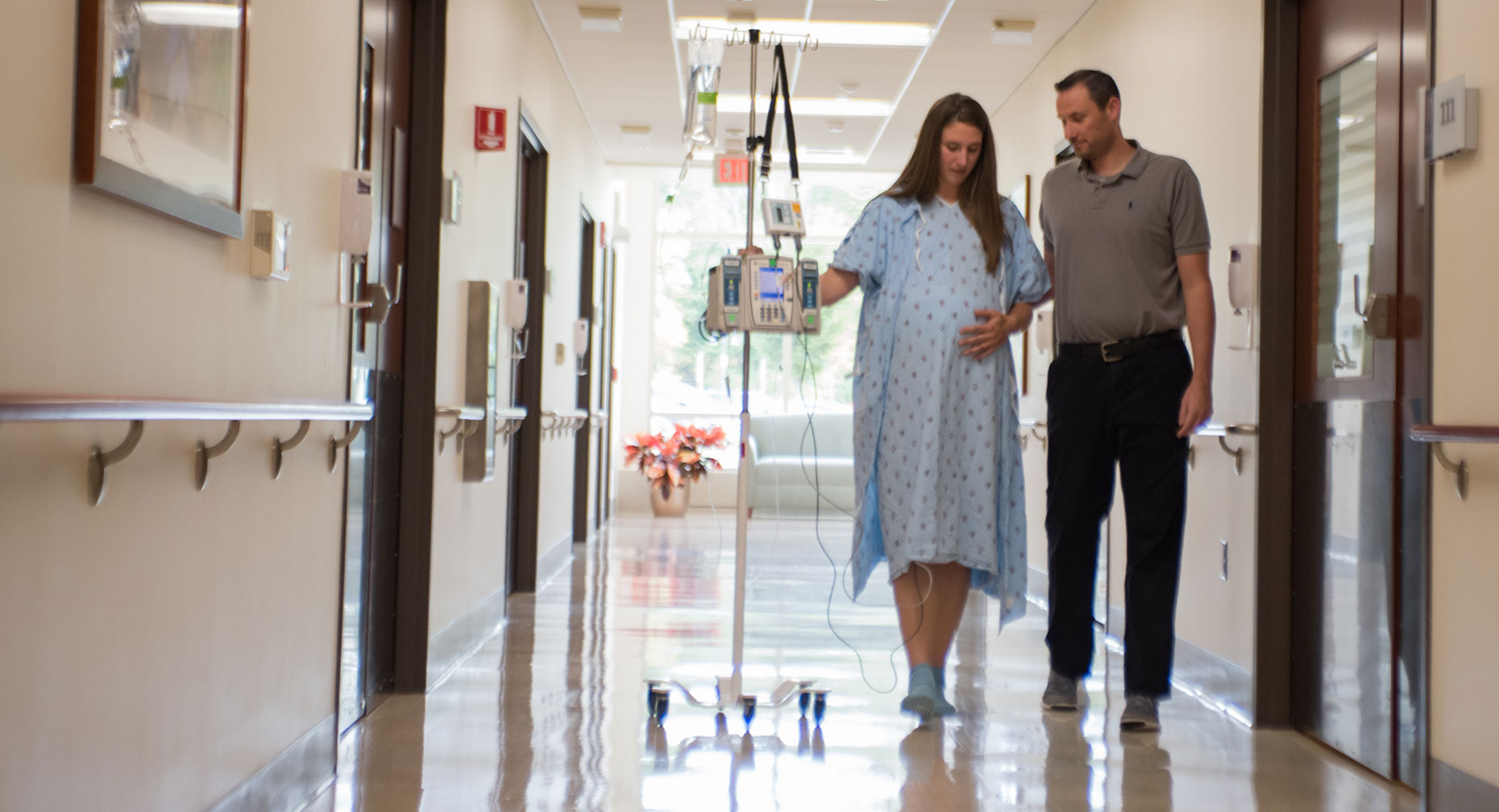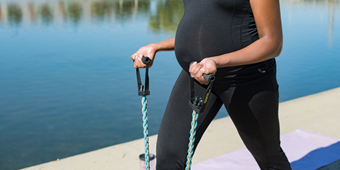Second Stage of Labor: Baby On the Move

Answer a few questions and we'll provide you with a list of primary care providers that best fit your needs.
The contractions you feel during your first stage of labor help get your body ready for the second stage. Once your labor has progressed and your cervix is fully dilated to 10 cm, you’re ready to push your baby out.
This second stage lasts anywhere from 20 minutes to two hours. You will push with each contraction, a feeling similar to pushing down to have a bowel movement. Then, you will rest briefly between contractions.
Your baby’s head will eventually appear at the opening of your vagina. This is called crowning. Depending on how much pain medication you’ve received, you will feel a burning, stinging sensation during crowning. Your health care provider will ask you not to push at this time.
If your doctor determines that your vaginal opening should be larger, she may make a small cut called an episiotomy. Most women don’t need this extra cut. If you do, it will be sewn up after you deliver your baby.
Positions for Pushing
 There are different positions for giving birth, and it’s a good idea to talk with your doctor or health care provider during prenatal visits about which position may be more comfortable for you. Options include squatting, sitting, kneeling or lying back. Try to use gravity to your advantage.
There are different positions for giving birth, and it’s a good idea to talk with your doctor or health care provider during prenatal visits about which position may be more comfortable for you. Options include squatting, sitting, kneeling or lying back. Try to use gravity to your advantage.
Tips for pushing include:
- Push with all your energy when you feel the urge.
- Relax your pelvic floor and anal area.
- Regain your strength by resting between contractions.
- Use a mirror to view your progress. (Many birthing rooms provide a large, standing mirror.)
- If your baby’s head emerges and then slips back into the vagina, don’t worry. Each push creates further progress.
Delivery
Your baby will twist and turn through the birth canal. Once your baby’s head is out, the head and shoulders will turn to the side to allow the easiest possible exit from your body. If you or your partner planned to cut the umbilical cord when your baby is born, now is the time.
If your doctor believes that you or your baby faced risk at any time during the labor or delivery process, you may receive a cesarean section, or C-section, to deliver the baby. Your doctor will make an incision in your abdomen and remove the baby.
The baby’s appearance immediately after birth may not be exactly as you expected. Your baby will be covered with a light, cheesy substance that offered protection in your uterus. Your newborn most likely will have a cone-shaped head, puffy eyes, fine hair covering the shoulders, back, forehead and temple, and enlarged genitals.
Tips for Your Support Person
Your support person has an important role in this stage and can help you in a number of ways:
- Make you as comfortable as possible, even providing physical support.
- Give you ice chips if they’re available.
- Guide you through contractions and pushing with encouraging words.
- Stay calm, even if you become angry or emotional.
Even after baby arrives, your delivery isn’t finished until you’ve completed the third stage of labor [Link to WWW article Finishing Up: The Third Stage of Labor].
Answer a few questions and we'll provide you with a list of primary care providers that best fit your needs.
Source: Womenshealth.gov; American Pregnancy Association




